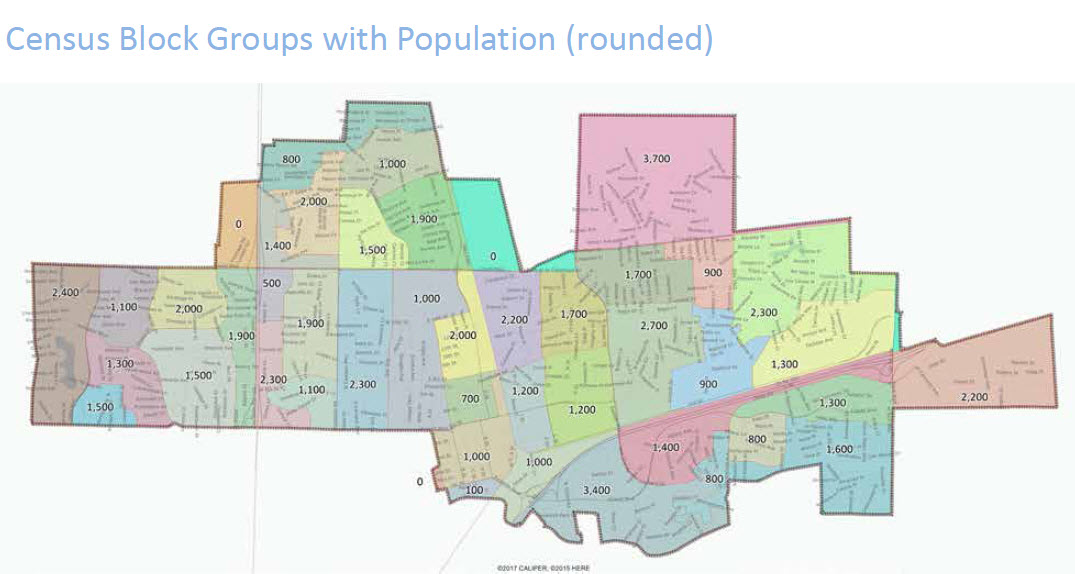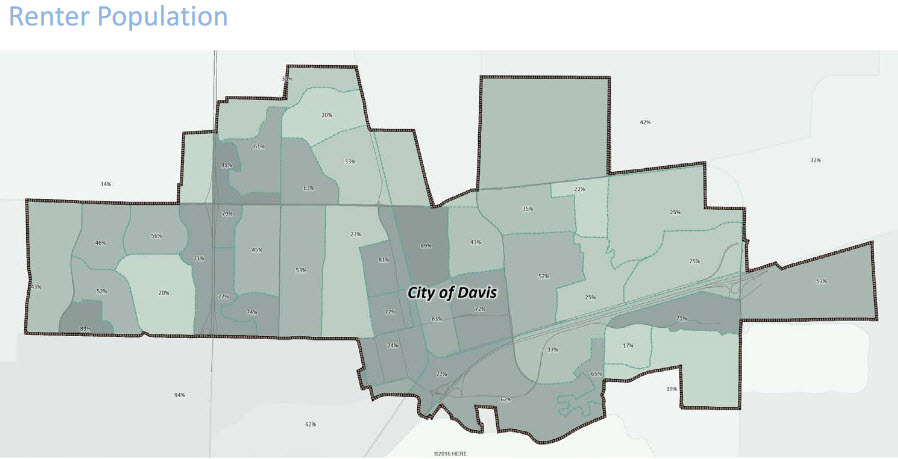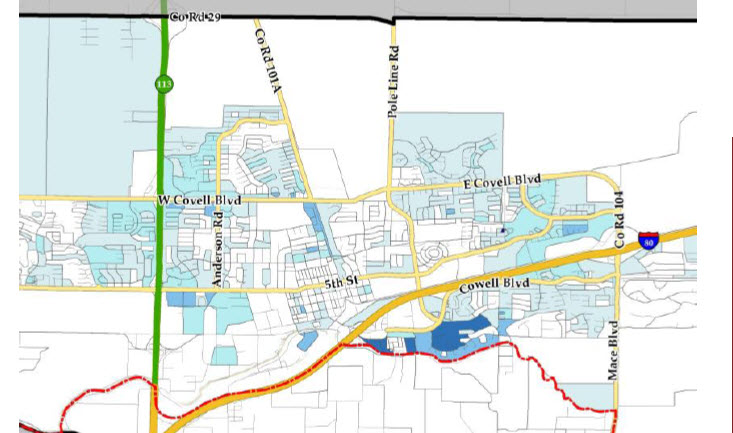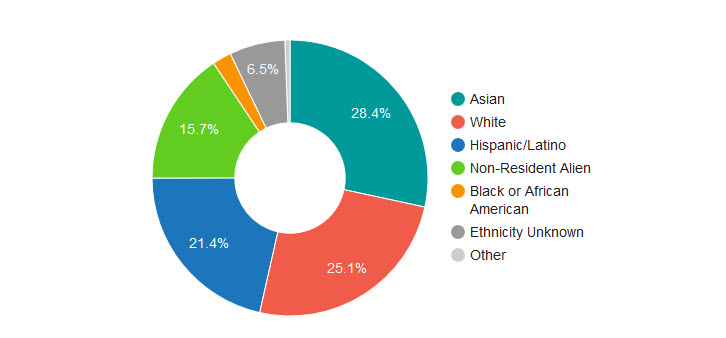

In January 1996, a governance committee appointed by the city council recommended, by a 14-5 vote, that the city go to district elections. Some interesting people served on that committee, including Jerry Adler, Isao Fujimoto, Dick Holdstock, and Kevin Wolf, among others, who were part of 14 to vote for the bill. Among those opposing it were Vigfus Asmundson, Bob Black and Joan Poulos.
The chair of the committee, by the way, was Al Sokolow, who voted for the recommendation – which is curious, given that he has been opposing the current move to district elections. Jon Li was on the committee as well, but did not vote on the proposal.
Among the reasons for the recommendation: more direct representation, correcting the imbalance of “over-representation of some areas and under-representation of others,” and that district elections would encourage more citizens to become candidates by reducing campaign spending thresholds.
Chief reasons for opposing it were the politicizing of council decisions by area and the appropriateness of a city the size of Davis to have such districts.
It is interesting that the recommendation was not followed. But in 2003, Governor Gray Davis signed the California Voting Rights Act into law.
One issue that was largely not raised in 1996 was that of representation for people of color – and a huge part of the reason for that is that, in 1996, the city was at least 70 percent white.
As we reported earlier this week, in 2011, the County Office of Education asked districts to make a consideration as to whether they should move their election system from at-large to district elections.
As Maria Clayton, the DJUSD PIO, told the Vanguard at that time, “the Board did not believe it had liability under the CVRA to require a transition to By-Trustee area elections.” But seven years later, the board, with new demographics, reevaluated their liability and determined that they needed to make the move.
The data evaluated in 2012 went back as far as 1994 and included the 2000 census data.
To illustrate just how much this has changed: a presentation prepared by Redistricting Partners on January 27, 2012, found the district in 2000 to be about 70 percent white in terms of VAP (Voting Age Population) – 2.4 percent African American, 18.5 percent Asian, and 10 percent Latino.
Using just the 2010 census data, last week, the district demographics showed the VAP as 58.2 percent white with 24 percent of the population being Asian and another 11.5 percent Latino.
That’s a huge change in a decade and the trend is only increasing the percentage of non-white voters in the city and school district.
Over the course of 20 years, those figures have moved the white population from 70 percent of the voting-age population downwards to about 55 percent.


If the city considers going to seven districts in the city, it becomes much more likely that you get a representative of color from one of the districts – but it also increases the likelihood of getting a student representative.
If you look at the two maps – Asian citizens and renter population – you will notice there is some overlap here. You actually have two clusters here – a swath that goes down the middle of the city and extends into South Davis and also a swath just to the east of 113 where there appears to be an overlap between renters (more likely to be students) and Asians.

Looking at the school district map, that area in South Davis pops out even more as being heavily Asian, in the 60 to 80 percent range in some portions of that part of the city.

This is current undergraduate ethnic diversity – and, in fact, if you include all students, the portion of white students falls to 23 percent. But this demonstrates that by far the most diverse population in the city is UC Davis students.
Here it shows 28 percent are Asian, 21 percent Hispanic – and the Asian portion is underestimated because a large percentage of the 15.7 percent non-resident population is also from Asian countries.
Key point: if the city created a student district, most likely it would be non-white, as only one-quarter of UC Davis students are white.
There will be those who argue that students at UC Davis should not have representation on the council. After all, most students live in this community for four or five years and then move on.
That argument has a point. But there is another point to consider. Individual students are indeed transitory and most will leave this community after a few short years. But the student population is omnipresent. There will always be students living in this community – in large numbers.
Decisions made by the council heavily impact not only the students of today but the students of tomorrow. I would argue that the student housing, which was largely ignored as an issue from 2002 until 2015, became an important issue when students started showing up and voicing their views in 2015 and after.
In addition to student housing issues, another issue of importance is economic development. One reason that students get educated and move on to other communities is the lack of job opportunities in and around Davis, and that is another vital area of interest they have in the community.
The bigger picture is that the Davis community has been shifting pretty radically over the last two decades. A big driver of that is the growing student population and the diversity of that population.
But another driver is the diversity of UC Davis faculty. While not nearly as diverse as the student population, the diversity of the faculty is above average – 59 percent is white, but 15 percent is Asian and 12 percent is Hispanic. In another generation, we would expect those numbers to shift even more.
Bottom line is that over the last 20 years, the percentage of the Davis white population has shrunk by 20 percent. It is still less diverse than other surrounding communities and the state, but it is moving toward the mean.
—David M. Greenwald reporting







I’ve been advocating for student voting rights for decades. My first post on the Vanguard over a decade ago was about student voting. I’ve heard many arguments against empowering students, everything from they don’t participate anyway to they don’t pay taxes to they aren’t here long enough. No argument has seemed compelling to me. The question I would ask is what are people afraid of?
Check out this movie clip.
https://www.youtube.com/watch?v=LqAWdaIrmGs
I published a detailed analysis of the shift in the ethnic/racial makeup of Davis here:https://www.davisvanguard.org/2018/09/guest-commentary-white-davis-anyway-comparative-demographic-analysis/
It goes into quite a bit more detail than this article. To summarize briefly, the recent shift in demographics is due almost entirely to increased UC Davis enrollment that occurred in combination with a decreased commitment by UC Davis to provide housing for its own students.
Here are a few findings from my analysis:
“As shown in Table 2 below, about 51% of the Asian population in Davis is college-aged (18-24), whereas that age cohort makes up only about 9% of the Asian population in California as a whole and 10% in Woodland.”
”Additionally, concentration of the population in the college-aged cohort is not limited to the Asian population in Davis as there are similar statistics for the Hispanic/Latino population. As shown in Table 3 below, over 37% of the Hispanic/Latino population in Davis is college-aged, which is more than 3 times the representation of that age cohort in the Hispanic/Latino population of California and Woodland, both at around 13%.”
Students have voting power that they don’t use. There are no policies that prevent them from registering to vote in Davis. Polling places are placed in their neighborhoods and on campus. They just seem to have low interest.